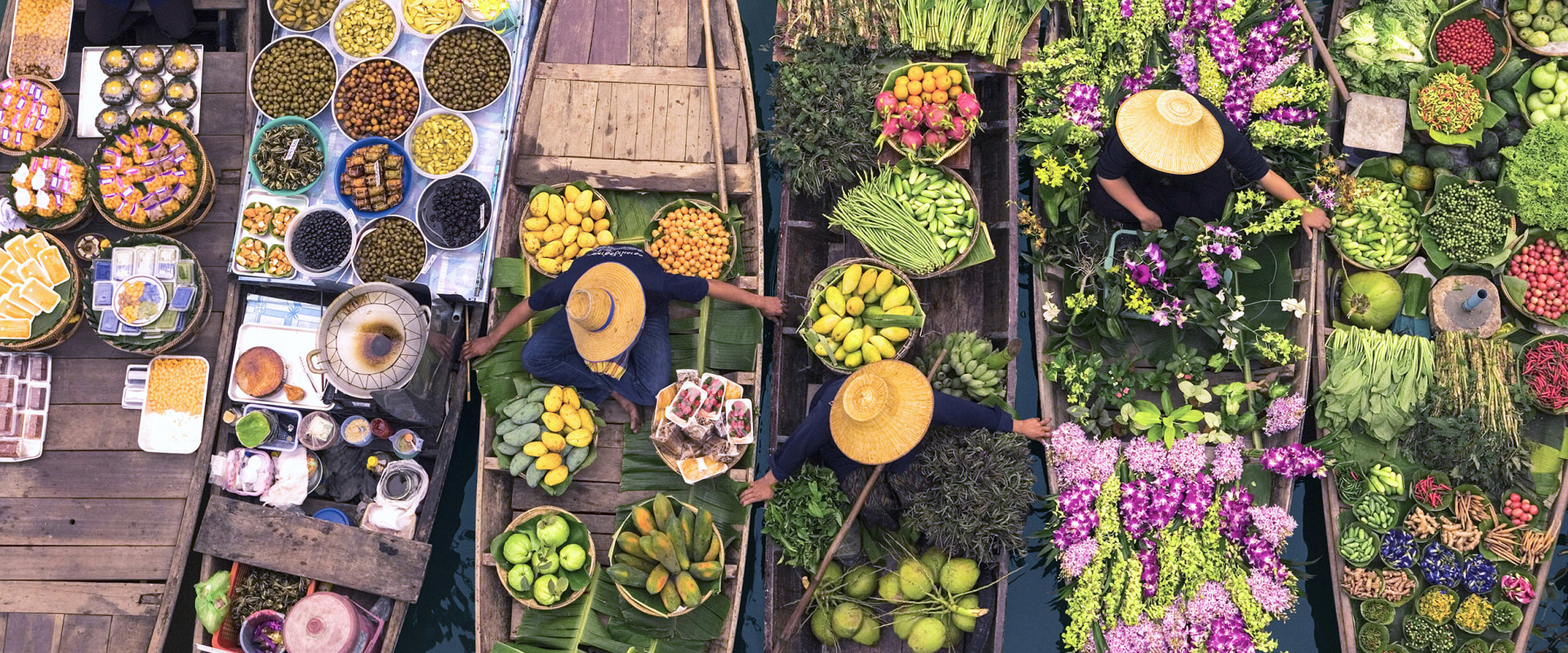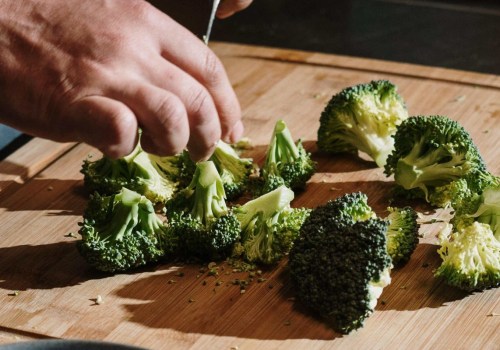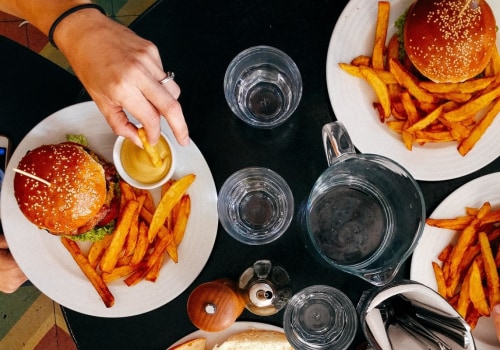The global food system is a complex network of activities and processes that take food from farm to table. It involves the production, transportation, distribution, preparation, and consumption of food. To better understand this system, it is useful to view it as a coupled natural human system that embraces both socioeconomic and biophysical factors. The first component of the food system is crop production.
This includes the cultivation of crops, such as wheat, corn, and soybeans, as well as the reproduction of crops. Agricultural practices, such as irrigation and fertilization, also play a role in crop production. The natural environment in production regions can also affect crop yields. The second component of the food system is food processing.
This involves physical processes such as pressing, milling, and dehydration, as well as chemical processes such as hydrolysis, hydrogenation, and the use of enzymes. Heat treatment, fermentation, and packaging are also used to extend the shelf life of primary food ingredients. Ultra-processed food products are created by combining primary food products with other secondary food products to create ready-to-eat foods and beverages with high sensory appeal. The third component of the food system is the food service industry, which includes food wholesalers, distributors, and retailers.
Supermarkets respond to consumer concerns by providing more sustainable food options such as organic and fair-trade products. The fourth component of the food system is food consumption. This includes the preparation and consumption of food by individuals and households. Unfortunately, waste disposal is beyond the scope of this course.
It is important to remember that all human beings on Earth are part of some kind of food system. Understanding these four components can help us to embrace and understand the socioeconomic and biophysical factors that make up this complex global network.









